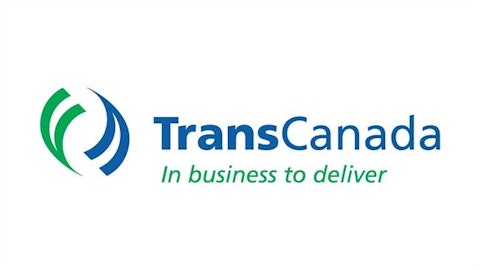Even with the recent uptick in long-term bond prices, yields are still puny, and income investors are hard-pressed to find quality companies that are even keeping up with the rate of inflation, let alone generating income above that level.
The S&P 500 has generated a dividend yield of around 2% over the last decade, and it doesn’t look like that will be increasing any time soon.
However, it is possible to find companies that produce a yield of 3% or better, that are dependable and solid fundamentally, without taking on undue risk. It might take a little effort to find those companies, but they do exist.
I’ve been investigating dividend companies for quite a while now, and I’ve been focusing on MLPs (Master Limited Partnerships) as one subsection of the dividend marketplace.
MLP Tax Advantages
MLPs technically offer distributions, not dividends, and their distributions tend to be higher than the dividends of most ordinary companies, due to two factors.
The first advantage is that the taxable structure of an MLP is a partnership, not a corporation. Because of that fact, MLPs pass their distributions on to their partners before taxes are calculated. While a corporation must pay taxes at the entity level and then make its distribution to the investor, who then also pays taxes on the dividend, the MLP partner only pays taxes once, at the individual level.
Secondly, the distributions of an MLP are not completely considered income under the current tax code. They are considered a return of capital, and thus are not taxable to the receiver; they do, however, reduce the cost basis of the investment itself. Thus, when you sell your shares in the partnership, your cost basis will be reduced by the amount of distributions that you have received, so your taxable gain will be more. Therefore, you only pay income tax on the distributions when you actually sell your position, and it is taxed as capital gains rather than dividend income (which under current tax law is actually the same rate.)
You are still assessed a share of the actual net income every year, when you receive a K-1 from the partnership, but this tends to be significantly less than the amount of cash that was distributed, and is also reduced by the partnership’s deductions for depreciation.
In other words, an MLP pays out a high percentage yield to its partners, and most of that yield is tax-deferred.
What makes a great MLP?
First of all, when I am looking for a terrific dividend company, I am looking for two things: a yield over 3% and a history of raising dividends that is 10 years or longer.
I also look at a company’s 5-year dividend growth rate, its projected 5-year earnings growth rate, and its dividend/earnings payout ratio.
When it comes to MLPs, however, the payout ratio tends to be very high when you consider only the earnings. However, MLPs should be evaluated on another metric, one called distributable cash flow (DCF). This number is not a GAAP metric, though, and each MLP can definite it differently.
DCF removes all of the non-cash items, like depreciation and amortization, and reveals the actual cash that the partnership is generating and that it could theoretically pay out to its partners. A second number can then be derived, which is called the coverage ratio. This is the DCF divided by the actual distribution, which explains how much “cushion” the cash affords, or how sustainable the distribution actually is.
So in addition to all of the previous metrics, I am looking at the DCF and coverage ratio of MLPs to determine if I think they are capable of sustaining the distribution.
How do my favorite MLPs rate?
I’ve written recently about several MLPs that I really like, but I’ve not previously subjected them to the DCF and coverage ratio tests. So here goes.
My favorite right now is Sunoco Logistics Partners L.P. (NYSE:SXL). Sunoco Logistics Partners L.P. (NYSE:SXL) announced its 1Q earnings on May 8, and they reported strong results, with earnings per share topping the estimate by 27% and an increase of 57% in DCF versus 1Q 2012. DCF of $195 million divided by 104 million units oustanding means a potential cash distribution of $1.875 per unit. The distribution for the quarter was raised by 5% versus the previous quarter, to $0.5725 per unit, which is a 34% increase over last year’s first quarter. And the coverage ratio is 3.3, a very substantial cushion.






